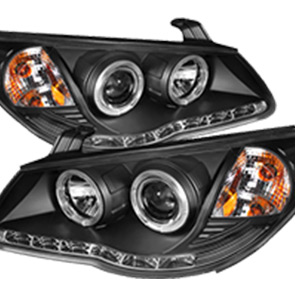Understanding Gear Shift Cable Mechanisms for Smooth Vehicle Operation and Maintenance
Understanding Gear Shift Cables An Essential Component in Vehicle Performance
The gear shift cable is a critical component in both manual and automatic transmission systems in vehicles. It serves as the physical connection between the gear lever and the transmission, allowing the driver to select the appropriate gear for their driving conditions. Understanding the functionality and importance of gear shift cables can help vehicle owners maintain their cars effectively and enhance their driving experience.
At its core, the gear shift cable is a flexible, durable wire encased in a protective sheath. Its primary function is to transfer the driver's gear selection from the gear lever to the transmission. When a driver shifts gears, the movement is transmitted through the gear shift cable, which then actuates the transmission mechanism to engage the desired gear. This simple yet essential process plays a pivotal role in ensuring smooth gear transitions and optimal vehicle performance.
Over time, gear shift cables may wear out due to regular use, leading to issues such as difficulty in shifting gears, unexpected gear popping, or a complete inability to change gears. Such problems can arise from cable fraying, corrosion, or detachment. Regular inspection of the gear shift cable can prevent these issues and ensure the longevity of the vehicle's transmission system.
gear shift cable

One of the key benefits of a properly functioning gear shift cable is improved driving control and performance. A responsive and well-maintained cable allows for precise gear changes, enabling drivers to optimize their engine's power and fuel efficiency. In contrast, a malfunctioning cable can result in poor acceleration, reduced fuel economy, and an overall diminished driving experience.
For vehicle owners, recognizing the signs of a failing gear shift cable is crucial. Common symptoms include stiff or loose gear shifts, strange noises when shifting, or difficulty in moving the gear lever. If any of these symptoms occur, it is advisable to have the cable inspected or replaced by a qualified mechanic to avert more significant transmission problems.
In conclusion, the gear shift cable may be a small component, but its role in vehicle performance is undeniable. By ensuring that this cable is in good working condition, drivers can enjoy smoother gear changes and better control over their vehicles. Regular maintenance and timely replacements can significantly enhance the efficiency and lifespan of a vehicle’s transmission, ultimately leading to a safer and more enjoyable driving experience.
-
Upgrade Your Vehicle with High-Quality Handbrake CablesNewsNov.01,2024
-
Optimize Your Bike's Performance with Quality CablesNewsNov.01,2024
-
Enhance Your Vehicle's Performance with Quality Clutch ComponentsNewsNov.01,2024
-
Elevate Your Vehicle's Performance with Quality Throttle CablesNewsNov.01,2024
-
Elevate Your Vehicle's Performance with Quality CablesNewsNov.01,2024
-
Affordable Solutions for Your Cable NeedsNewsNov.01,2024
